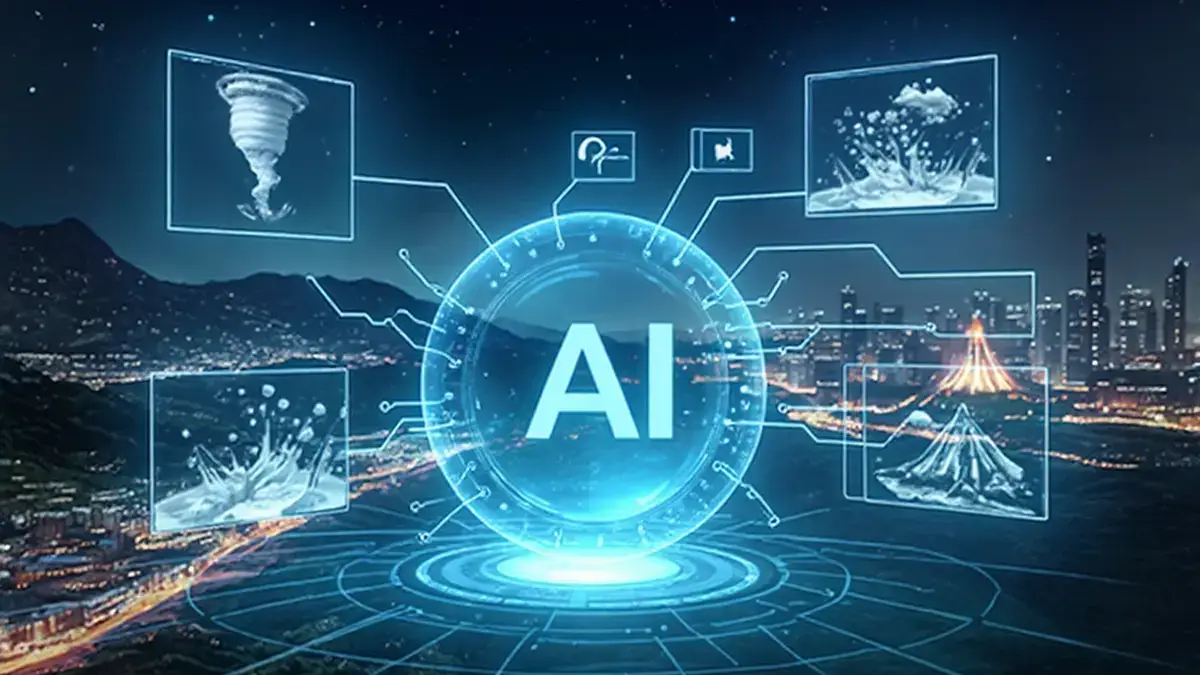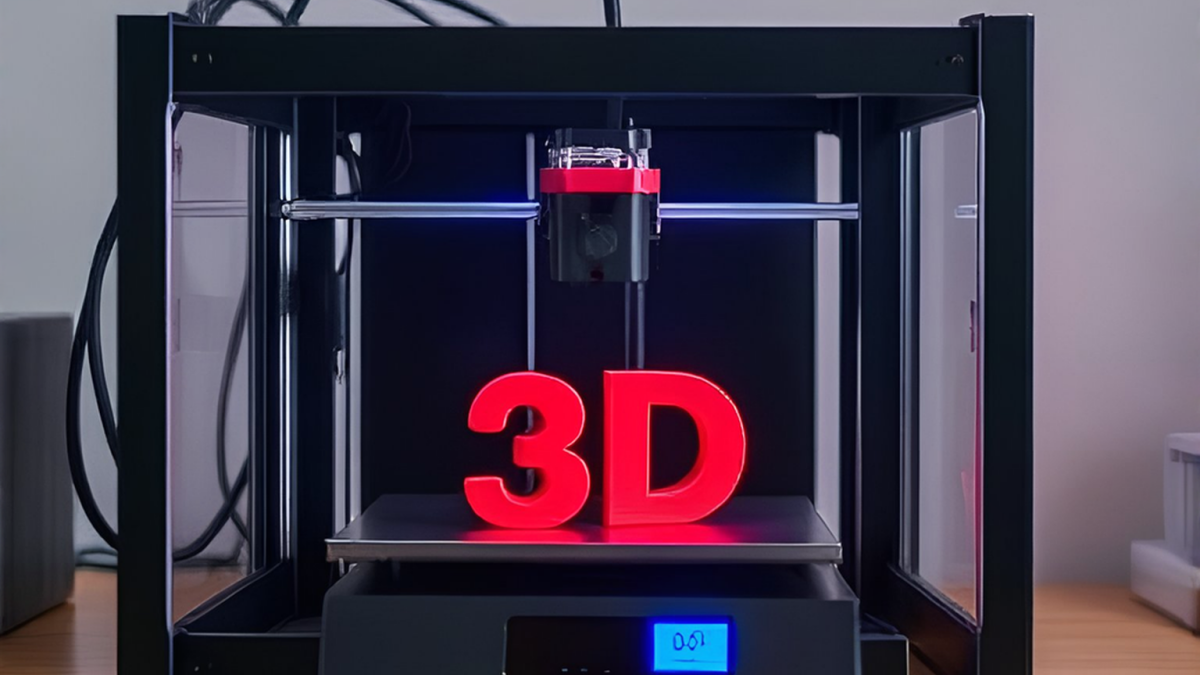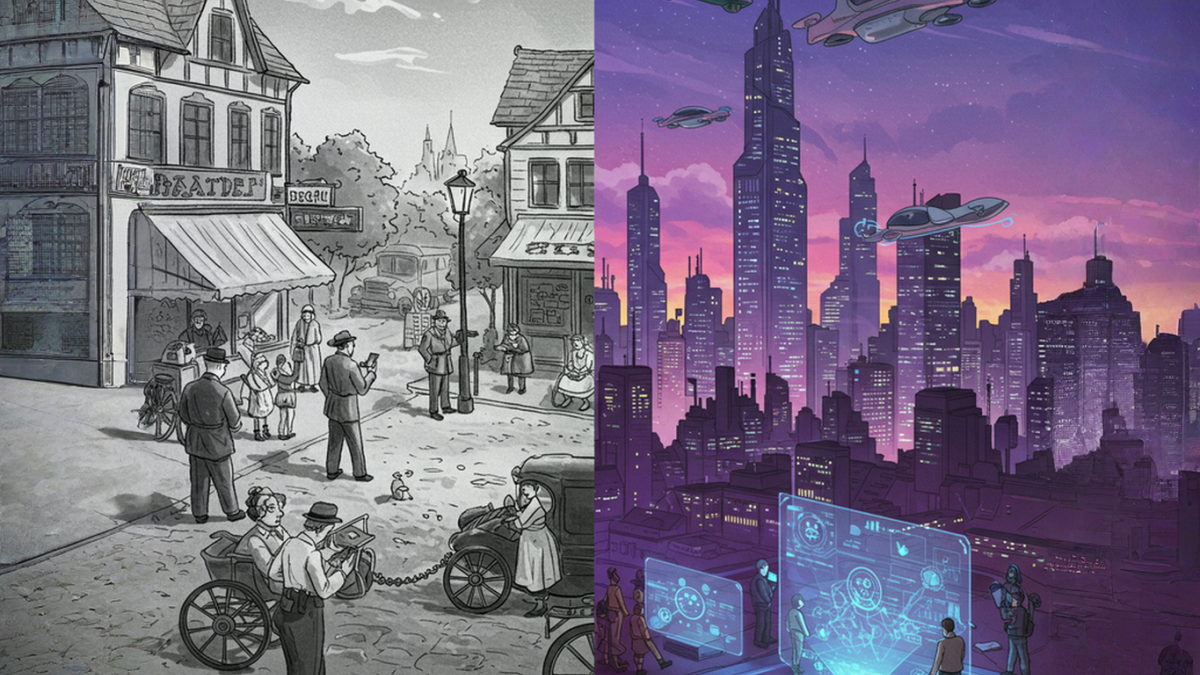Biotechnology is transforming agriculture, providing innovative solutions to global food challenges. As the population grows, the demand for sustainable and nutritious food increases. Breakthroughs like lab-grown foods, vertical farming, and microgreens are revolutionizing food production, promoting sustainability, and paving the way for a healthier future.

What is Biotechnology?
Biotechnology uses living organisms and biological systems to create products and processes that benefit humans and the environment. It combines biology, chemistry, genetics, and engineering to achieve its goals.
Key Areas of Biotechnology
1. Medical Biotechnology
- Develops pharmaceuticals, diagnostics, and therapies
- Techniques: genetic engineering, tissue culture, recombinant DNA technology
- Applications: vaccines, hormones, targeted medications
2. Agricultural Biotechnology
- Improves agricultural efficiency and yield
- Develops GMOs (Genetically Modified Organisms), disease-resistant crops, biofortified foods
- Enhances nutritional content
3. Industrial Biotechnology
- Utilizes biological processes for industrial applications
- Produces biofuels, biodegradable plastics, sustainable materials
- Techniques: microbial fermentation, enzymatic processes
4. Environmental Biotechnology
- Uses biological processes for environmental protection and remediation
- Applications: bioremediation, wastewater treatment
- Utilizes microorganisms to clean up contaminated sites

How can Biotechnology improve Agriculture?
- Faster Breeding Cycles: Techniques like CRISPR (Clustered Regularly Interspaced Short Palindromic Repeats) enable rapid development of plants with desirable traits, such as higher nutrition or quicker growth.
- Soil Improvement: Engineered microbes can fix nitrogen in the soil, decreasing reliance on synthetic fertilizers.
- Enhanced Crop Resistance: Genetically modified crops can resist pests, diseases, and extreme weather, reducing pesticide use and increasing yields.
- Increased Nutritional Value: Develops crops with enhanced nutritional content, such as vitamin-enriched crops, to improve food texture, flavor, and shelf life.
- Reduced Food Waste: Development of biodegradable materials from agricultural by-products can reduce plastic use and waste in farming.
- Increasing Farming Profitability: Biotech crops can boost farming profits by improving crop quality and possibly increasing yields. They also simplify farm operations and improve safety for farmers.
- Sustainable Farming Practices: Overall, it supports efficient farming that adapts to climate change and feeds a growing population.

Are Lab-Grown Foods as Healthy as Conventional Foods?
When comparing the healthiness of lab-grown and conventional foods, it’s essential to recognize the complexity of the issue, which is influenced by the specific food, production methods, and individual health needs.
- Nutritional Control: Lab-grown foods, optimized amino acid profiles, can match or exceed conventional foods in specific nutrients (e.g., lower saturated fat, higher omega-3s in cultured meat).
- Lower Risk of Foodborne Infections: The controlled environment in which lab-grown foods are produced may reduce the risk of contamination with harmful bacteria compared to some conventional foods, particularly in meat production.
- Environmental Impact: Lab-grown foods generally have a smaller environmental footprint, which indirectly benefits health by reducing pollution and conserving resources.
- Dietary Needs: The healthiness of lab-grown or conventional foods can vary depending on individual dietary needs. Some people might find lab-grown foods better for their specific health conditions or lifestyle choices.
- Ethical Factors: Lab-grown meat does not involve animal slaughter, which appeals to ethical considerations and could influence choices based on personal health and well-being.

Vertical Farming: Building Skyscrapers for Plants
Vertical Farming: Building Skyscrapers for Plants
- Concept: Crops grown in stacked layers, often in tall structures, resembling skyscrapers adapted for agriculture.
- Tech-Driven: Uses hydroponics (water-based), aeroponics (mist-based), or soil-less systems with LED lighting tailored to plant needs.
- Automated Systems: Many vertical farms use automated systems for tasks such as watering, pruning, and harvesting.
- Water Savings: Cuts water use by up to 90% compared to conventional methods, recycling it in closed-loop systems.
- Urban Friendly: Located within or near urban centers, it significantly reduces transport distances, providing fresher produce while lowering emissions.

Microgreens: The Miracle Greens Superfood
Health Benefits of Microgreens
1. Nutrient-Rich Goodness
- Despite their small size, they’re jam-packed with vitamins (like C, E, and K), minerals (potassium, iron, and zinc), and antioxidants, often in higher concentrations than their full-grown counterparts.
2. Heart-Friendly Support
- These little greens might be heart heroes! Some studies suggest they could help lower cholesterol levels and promote heart health due to their impressive antioxidant content.
3. Happy Tummies
- With their fiber content, microgreens could be buddies to your gut, supporting digestion and potentially reducing digestive problems.
4. Immunity Boosters
- Packed with vitamins and antioxidants, they act like a superhero team for your immune system, helping to fend off illnesses.
5. Potential Cancer Fighters
- Research hints that certain microgreens contain compounds (sulforaphane) that may combat certain cancer cells, offering a potential protective effect.
6. Blood Sugar Helpers
- Some types, like broccoli and fenugreek microgreens, may help regulate blood sugar levels, which could be super beneficial for folks managing diabetes.

Get the Best Microgreens from these Microgrowers Here:
Little SuperGreens

“My sole aim is to ensure that more people have access to a healthier lifestyle, allowing for longer moments spent with their families.”
The Future of Agriculture
The Future of Agriculture is poised for significant change, driven by a blend of biotechnology, environmental awareness, and evolving consumer preferences. Expect to see increased use of precision agriculture, AI, and vertical farming to boost crop yields and reduce waste. Sustainable practices like regenerative and organic farming will become more widespread, addressing climate change and promoting healthier ecosystems. Consumer demand for plant-based diets and locally sourced produce will fuel urban agriculture and direct-to-consumer sales. Additionally, innovations like gene editing, advanced livestock management, and agricultural drones will further enhance efficiency and sustainability in food production. Ultimately, these advancements aim to create a more efficient, sustainable, and safe food system for the future.

Related Posts
AI vs. Nature’s Fury: Revolutionizing Natural Disaster Management
AI is revolutionizing how we handle natural disasters—enhancing early warnings, streamlining…
Top 10 Best-Selling Portable EV Chargers
As electric vehicles (EVs) grow in popularity, a reliable portable charger is essential. Here are…
Which Top 10 Smart Home Products on Amazon Will Upgrade Your Life?
Discover the top 10 smart home products on Amazon that can simplify and upgrade your daily…
Best Routers by Type: Mesh, Gaming, Smart, and More for Fast, Secure, and Reliable Internet
Explore the best types of routers—including mesh, gaming, and smart options—to enhance your digital…
Top 10 Things to Consider Before Investing in a Hi-Tech 3D Printer
Keep these top 10 essentials in mind before purchasing a hi-tech 3D printer to make the most of…
The High-Tech Revolution: A Before-and-After Perspective
Technology's Before-and-After impact extends beyond tools, transforming environments and societies…
The Ultimate Hi-Tech Wish List: Gift Ideas for the Gadget Enthusiasts
Whether it’s for a birthday, holiday, or just to show you care, this hi-tech wish list will help…
5 Best-Loved Hi-Tech Virtual Pets
Discover the best-loved hi-tech virtual pets, where cutting-edge A.I., blockchain, and interactive…
Fly with Excellence: Top 10 Drone Brands Defining Aerial Hi-Tech
From cutting-edge flight performance to advanced camera systems and smart navigation, these…










